LED bulbs are celebrated for their long lifespan and energy efficiency, but many homeowners are surprised when they start burning out much sooner than expected. Unlike traditional incandescent bulbs, LEDs should theoretically last up to 25,000 hours or more. However, practical issues often cut this lifespan short. Understanding the common causes of premature LED failure can save you money and frustration. Let’s explore the seven real reasons your LED bulbs may be burning out quickly and how to prevent them.
1. Poor Quality Bulbs
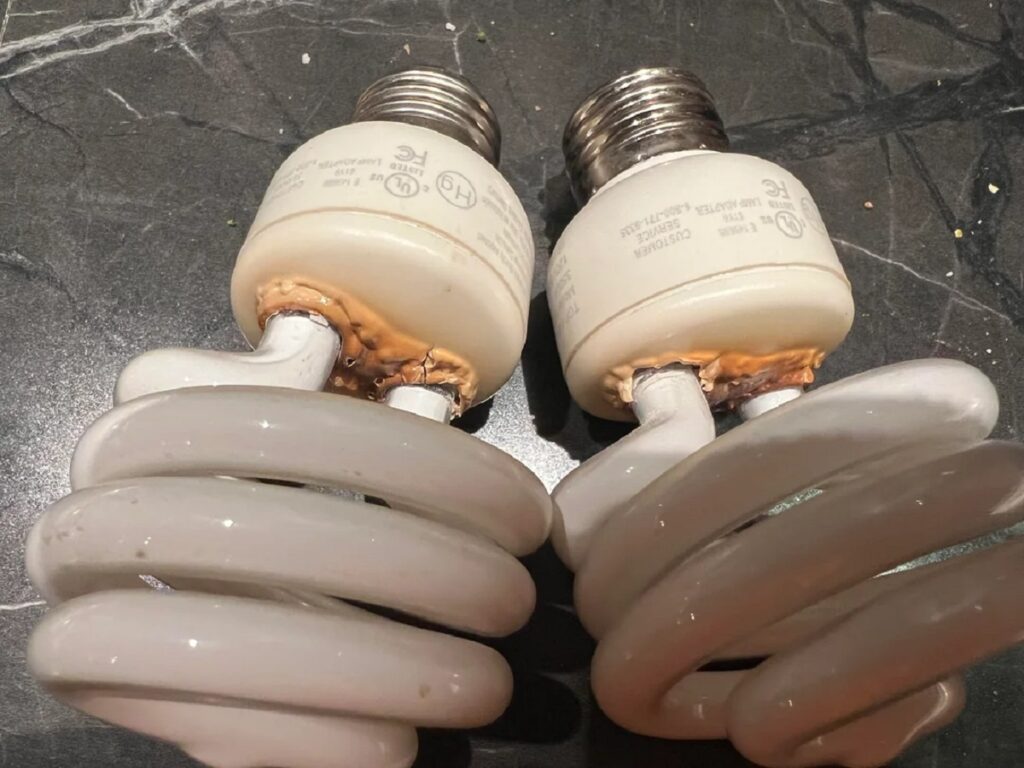
Not all LED bulbs are created equal. Cheaply manufactured bulbs often use inferior components like low-grade diodes or flimsy drivers that cannot handle prolonged use. Even if they look identical to higher-quality models, these bulbs are prone to overheating, flickering, or sudden burnout. Investing a little extra in a reputable brand can drastically improve longevity. Check for certifications like UL or Energy Star, as these indicate better quality control and safer electrical components in the bulb.
2. Voltage Fluctuations
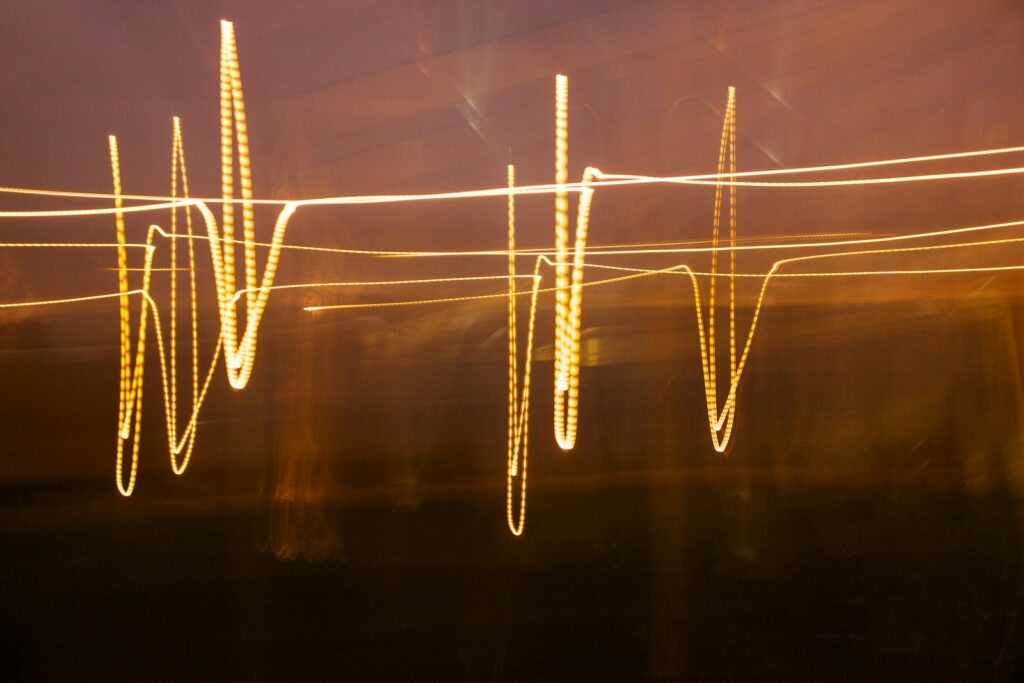
LEDs are sensitive to voltage changes. Homes with unstable electricity can cause LEDs to fail prematurely, especially if there are frequent surges or dips. While incandescent bulbs can tolerate minor fluctuations, LEDs rely on steady current to operate safely. Installing surge protectors or voltage stabilizers can help maintain a consistent electrical flow. Additionally, consider checking your home wiring for loose connections, which may contribute to irregular voltage reaching your fixtures and harming your LED bulbs.
3. Overheating
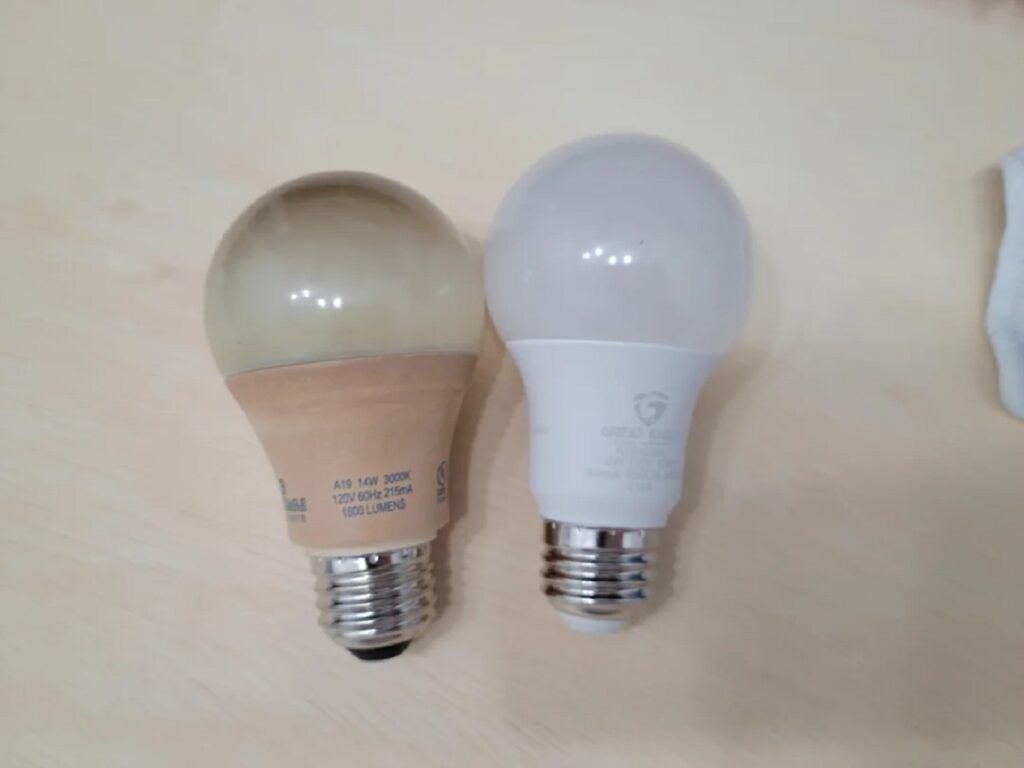
Heat is the enemy of LED bulbs. Even though they generate less heat than traditional bulbs, poor ventilation in enclosed fixtures can cause excessive temperature buildup. When an LED overheats, it stresses the internal components, leading to color shifts, dimming, or complete failure. Always use LED bulbs rated for enclosed fixtures if necessary. Ensure there is enough space around the bulb for heat to dissipate. Overheating is subtle but cumulative, gradually reducing the bulb’s lifespan without obvious signs until it suddenly burns out.
4. Incompatible Fixtures or Dimmers
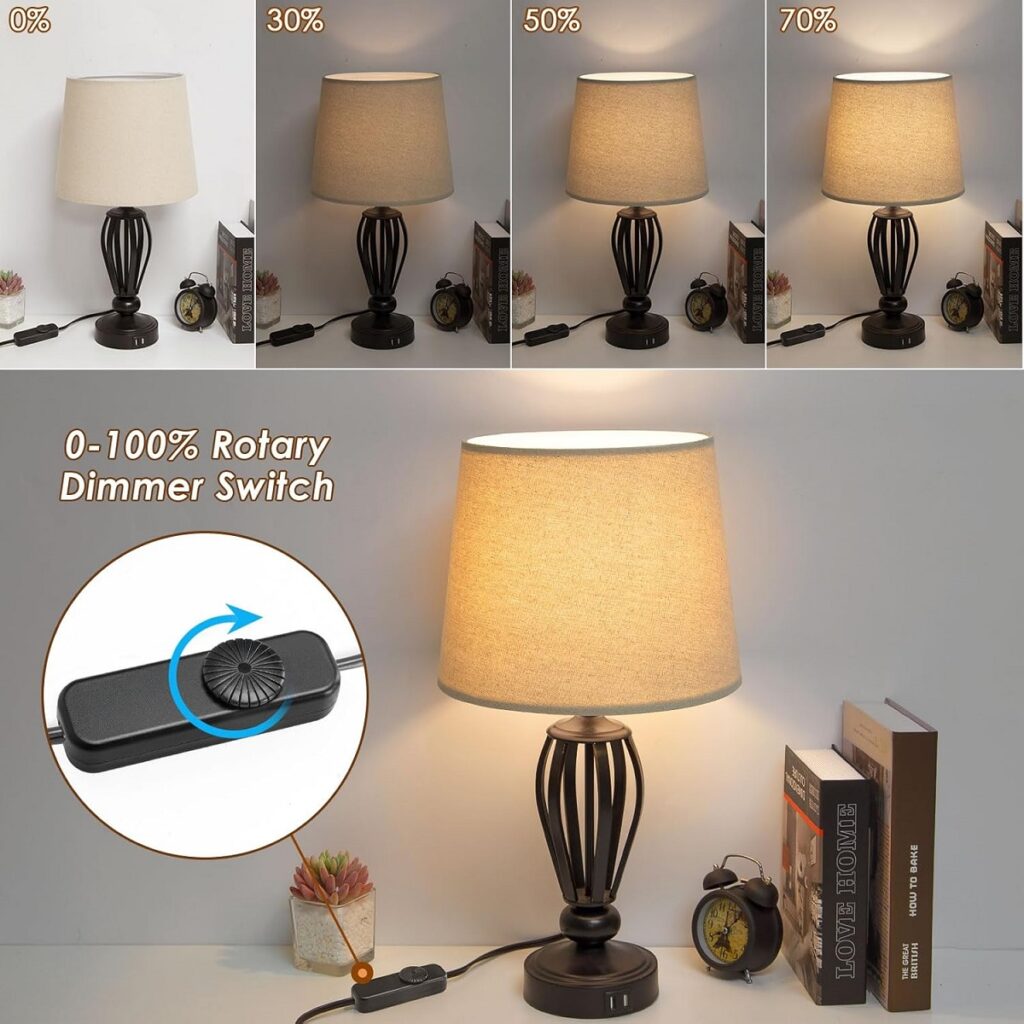
Not all LED bulbs are compatible with existing dimmer switches or older lighting fixtures. Using a non-LED dimmer can create inconsistent current, causing flickering, buzzing, or early failure. Similarly, installing LEDs in fixtures designed for higher-wattage bulbs can stress the electronics inside the LED. Always check packaging for dimmer compatibility and maximum fixture wattage. Upgrading to LED-compatible dimmers ensures stable operation and preserves the bulb’s longevity, preventing the frustration of repeated early burnout.
5. Frequent Switching
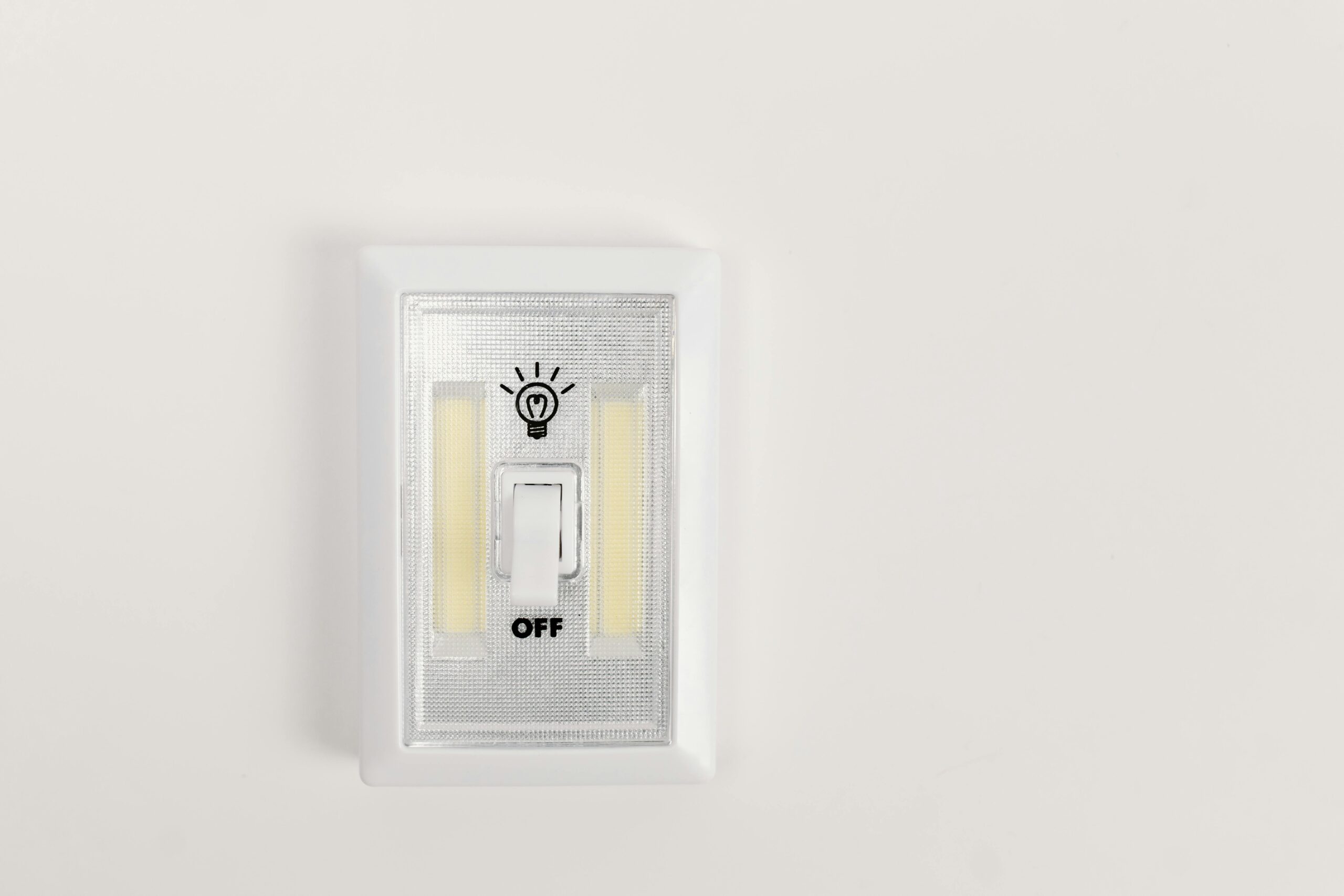
LEDs are more resistant to frequent on/off cycles than incandescent bulbs, but excessive switching can still stress their electronics. Lights that are turned on and off dozens of times per hour, such as in closets or bathrooms, may see reduced lifespans. The repeated electrical surge during each power-on event heats internal components rapidly. Consider leaving LEDs on longer if you expect repeated use in quick succession, or invest in bulbs designed for frequent switching. Some high-quality LEDs advertise “high cycle” ratings for exactly this purpose.
6. Electrical Wiring Issues
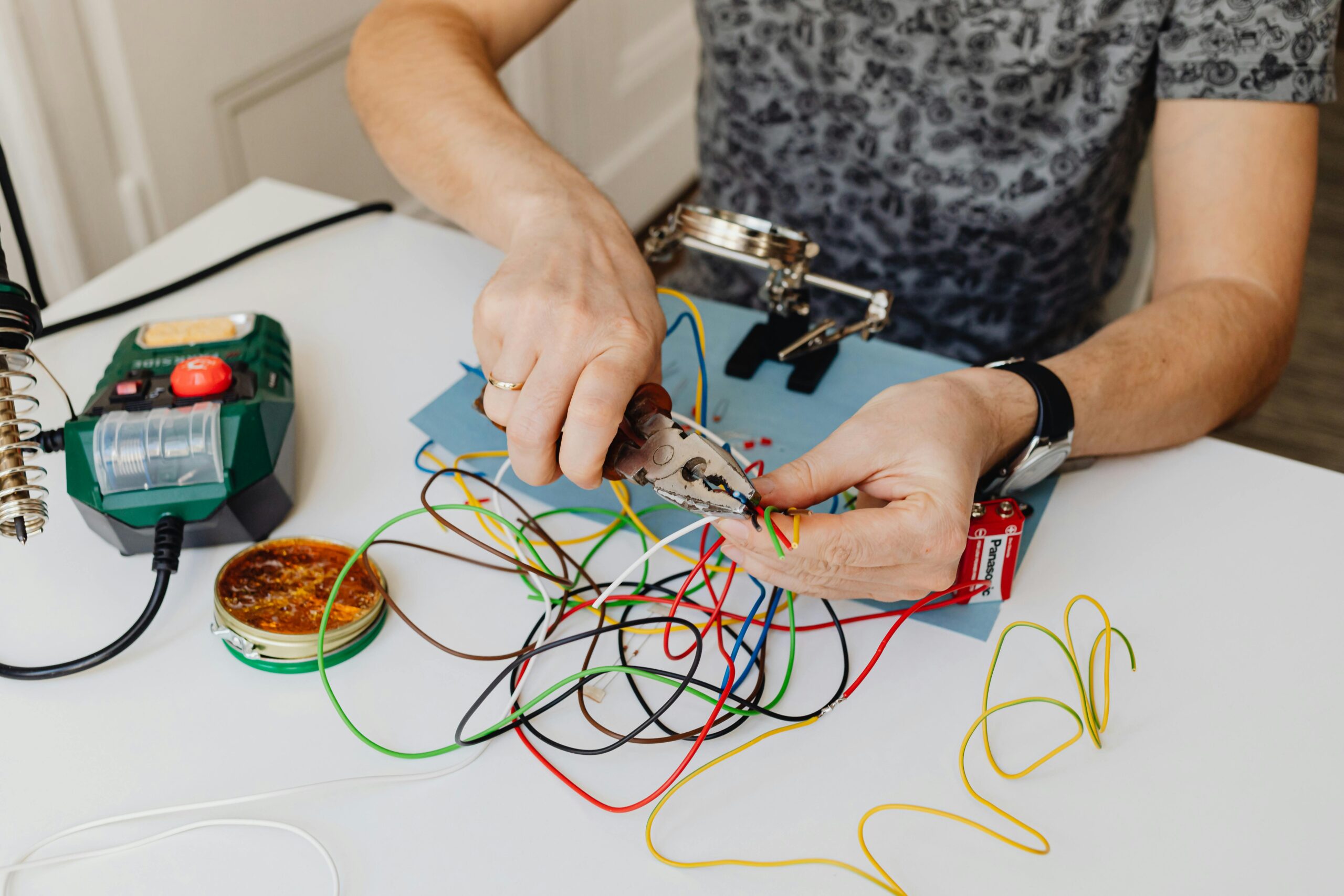
Faulty or old wiring can cause LEDs to fail quickly. Loose connections, corroded sockets, or poor grounding lead to inconsistent current flow and can damage the delicate electronics inside the bulb. These issues may not immediately trip a breaker, but can gradually shorten the LED’s operational life. If multiple bulbs are failing in the same fixture or room, it’s often a wiring problem rather than a bulb defect. Consulting a licensed electrician can pinpoint these hidden issues, protecting both your LEDs and your home’s electrical system.
7. Environmental Factors

Extreme temperatures, humidity, and exposure to vibration can all affect LED longevity. Bulbs installed in unventilated outdoor enclosures or near heating vents may overheat or accumulate moisture, stressing the internal circuitry. Similarly, ceiling fans or other vibrating fixtures can loosen connections or solder joints over time. Always use bulbs rated for the environment they’re placed in, such as damp-rated LEDs for bathrooms or outdoor spaces. Accounting for these conditions ensures your bulbs last closer to their intended lifespan.
Comments